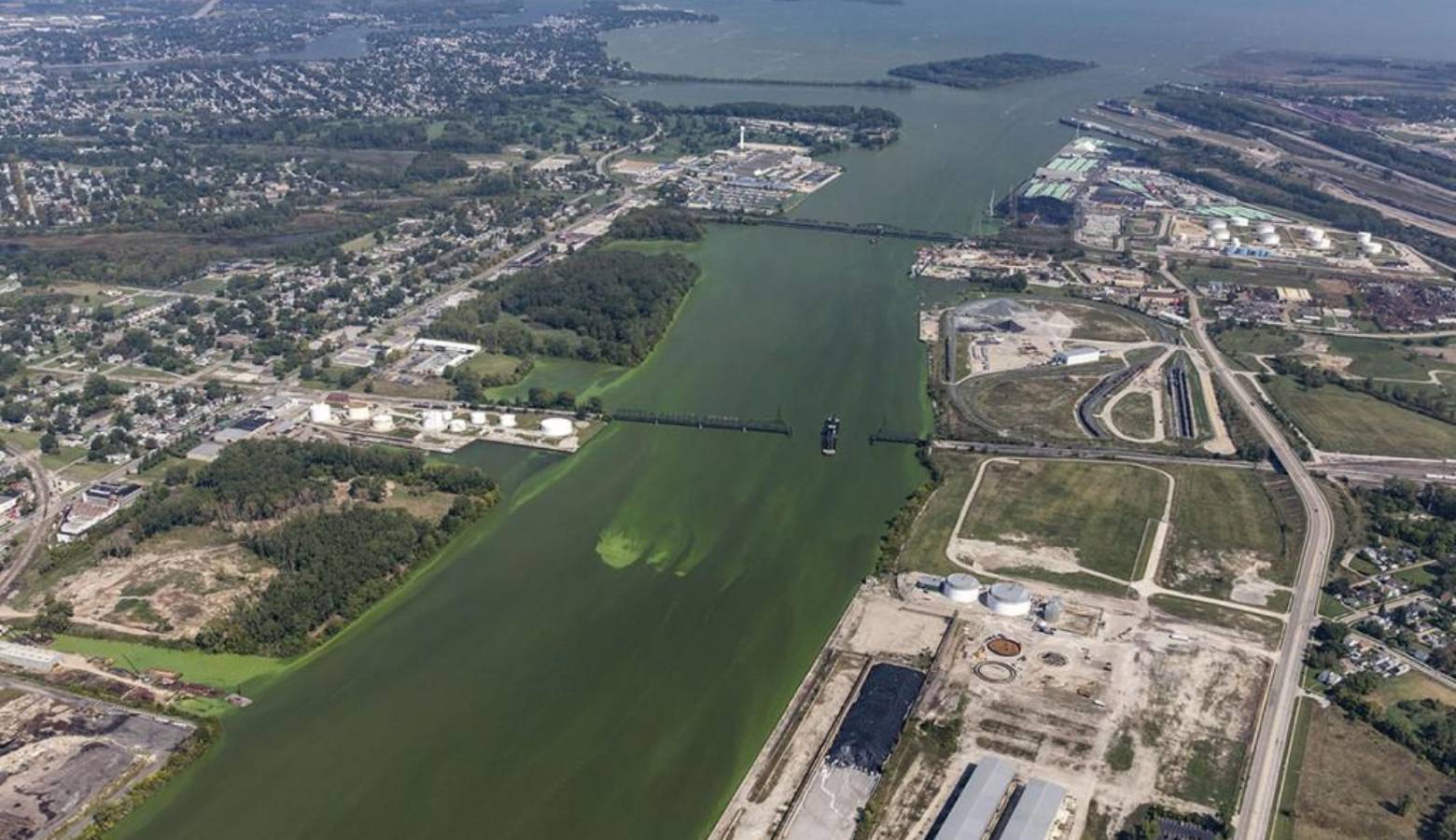Groups Threaten EPA With Lawsuit Over Indiana Rivers, Streams

Midwest environmental groups are threatening to sue the Environmental Protection Agency for delaying action on polluted rivers and streams in Indiana.
The Environmental Law & Policy Center, the Alliance for the Great Lakes, and the Hoosier Environmental Council sent a letter Wednesday giving the EPA 60 days notice of their lawsuit.
They say the EPA was supposed to approve or deny the Indiana Department of Environmental Management’s impaired waters list within 30 days of submission. ELPC’s Associate Attorney Alda Yuan says it’s been about six months.
“So they really haven’t done their duty and we want them to do it so that Indiana can get moving on these impaired waters,” she says.
Not only has the EPA missed this latest deadline, but it hasn’t approved any of Indiana’s impaired waters lists since 2013 — and that year’s list was only partially approved.
According to a 2016 state report, more than 60 percent of Indiana’s waters are unfit for human health and wildlife — mostly due to runoff from large animal farms. In places like northeast Indiana, that pollution doesn’t just affect one state.
“The nutrient pollution from the feces and sort of everything that comes from these farms flows directly into Lake Erie,” she says.
Nutrient pollution can form toxic algal blooms in Lake Erie which can threaten drinking water and harm aquatic life in the lake.
Once it’s approved the impaired waters list, state and federal environmental agencies can set standards for those waterways to reduce pollutants. We couldn’t reach the EPA in time for comment.
Indiana Environmental reporting is supported by the Environmental Resilience Institute, an Indiana University Grand Challenge project developing Indiana-specific projections and informed responses to problems of environmental change.
